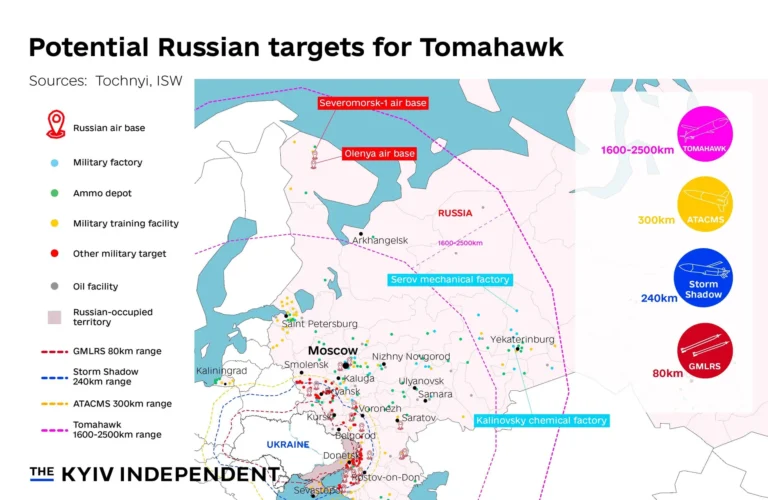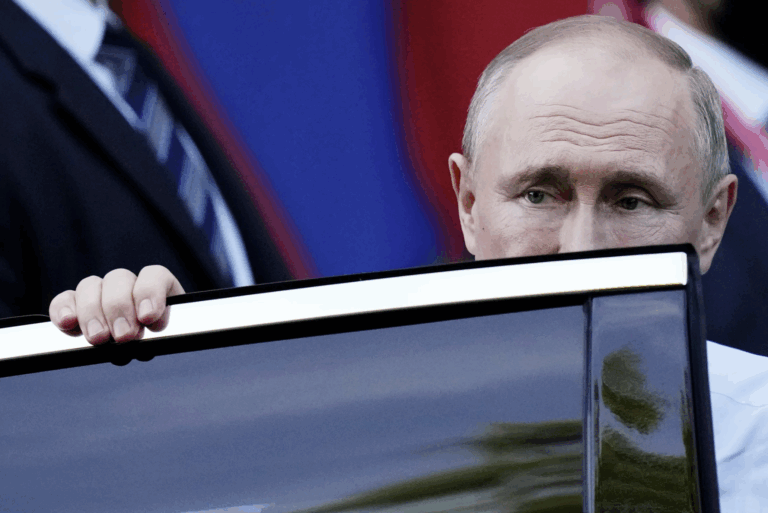
The past month in Ukraine has been a stark reminder of how tragedy, solidarity, and uncertainty coexist in this war.
Tragedy in Lviv
One of Ukraine’s most outspoken defenders of freedom, democracy, and human rights, former parliamentary speaker Andriy Parubiy, was assassinated in broad daylight in Lviv.
Parubiy, a key figure of the 2014 EuroMaidan Revolution, symbolized Ukraine’s course toward the European Union. His killing, on the same day EU foreign ministers were meeting in Copenhagen, is widely seen as a message from Moscow to silence Ukraine’s democratic future.
Canada’s defiance
Yet even amid such darkness, Ukraine’s allies reinforced their support. On August 24, Canada’s Prime Minister Mark Carney stood alongside President Volodymyr Zelensky in Kyiv’s historic Sophia Square to mark Ukraine’s Independence Day.
Carney tied Canada’s present support to its historic past: the first Western recognition of Ukraine’s independence in 1991, generations of Ukrainian-Canadian migration, and cultural ties embedded in Canadian life. His message was clear: Ukraine’s independence is Canada’s victory too.
He recommitted military and reconstruction aid, while also highlighting Canada’s leadership in securing the return of Ukrainian children abducted by Russia. The symbolism was unmistakable, Canada sees Ukraine not only as a partner, but as part of its own story.
Trump’s reversal
Across the Atlantic, Washington added a surprising twist. Following a meeting with Zelensky in New York, U.S. President Donald Trump declared that Ukraine could “fight and win all of Ukraine back” with European and NATO support.
This marks a stark reversal from earlier Trump statements that appeared to legitimize Russia’s control over Crimea and parts of Donbas. Just weeks earlier, he had hosted Vladimir Putin in Alaska, hinting at territorial concessions, a position that infuriated Kyiv and Europe.
Whether Trump’s new tone reflects genuine policy change or political maneuvering remains to be seen. But for Ukraine, even rhetorical shifts matter: they influence Western resolve and Kremlin calculations.
NATO’s tightrope
Meanwhile, NATO faces its own dilemma. Russian drones recently violated Polish airspace, triggering Article 4 consultations but stopping short of Article 5, the collective defense clause.
European leaders are split. Some, like Germany’s Chancellor Friedrich Merz, warn that the West is already “in conflict with Russia.” The Baltics argue for stronger deterrence, even downing intruding Russian aircraft. Yet broader NATO remains cautious, seeking to avoid direct escalation while still bolstering Ukraine’s defense.
Russia, however, frames the conflict differently. The Kremlin openly states that NATO is already at war with Russia through arms deliveries to Kyiv. For Putin, this war is existential; for Europe, it is still something to be managed. This divergence is dangerous, because miscalculation could spark the very escalation NATO hopes to avoid.
The Road Ahead
Parubiy’s assassination, Canada’s symbolic defiance, Trump’s reversal, and NATO’s hesitation all underscore one truth: Ukraine’s war is not fought in isolation. It is the frontline of a global struggle over democracy, sovereignty, and the rules of international order.
Ukraine’s resilience remains extraordinary. But victory requires more than courage on the battlefield, it requires clarity from allies, consistency in strategy, and the resolve to stop treating Russia’s aggression as something short of war.
Because as Ukraine fights for survival, Europe and the West must decide: deter, defend, or risk the consequences of hesitation.





